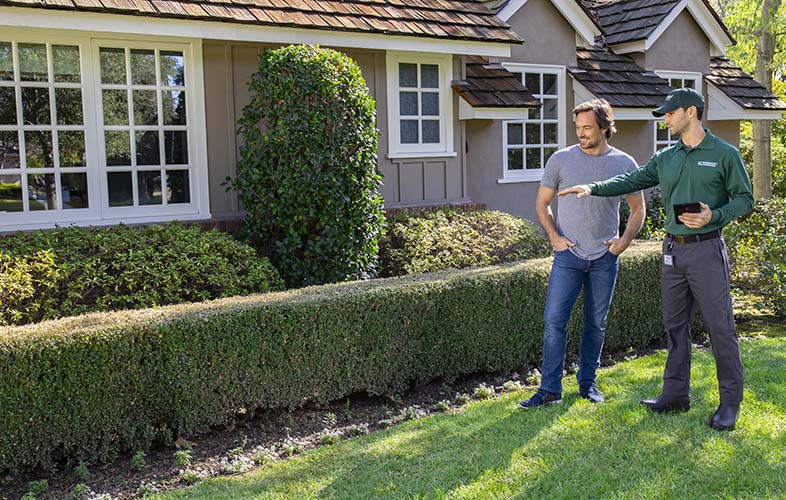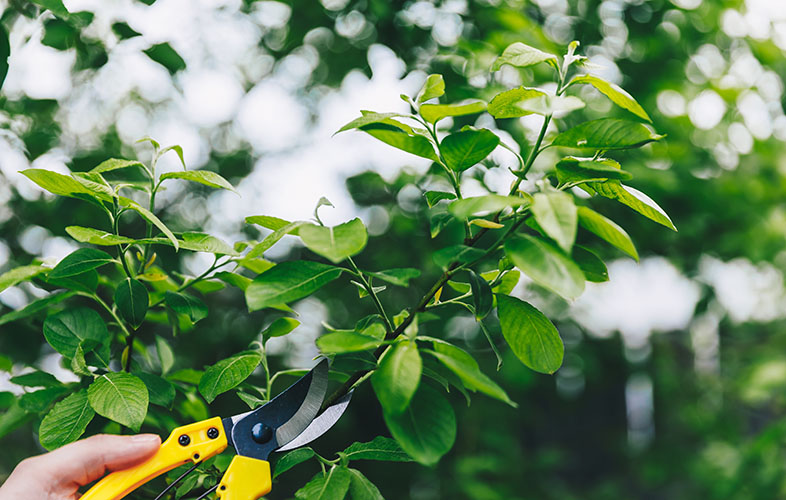TruGreen®’s Tree & Shrub services take specific, proven steps to recover from and prevent the impacts of winter injury. You may also want to consider plants that are naturally hardy to the weather conditions in your area, while avoiding those that are particularly susceptible to winter injury.
Some ways to address winter injury include:
- Be patient. Many damaged plants will be slow to recover.
- Wait until after the last freeze, usually mid-March, to prune back branches to the green portion to stimulate recovery.
- Fertilize your trees and shrubs to provide strength and nourishment as they recover
Some ways to prevent winter injury include:
- Plant trees and shrubs in well-drained soil
- Apply mulch and monitor soil moisture in advance of freezing conditions as sufficient moisture early in the cold months can protect the plant throughout the winter.
- Install wind breaks to shield plants from winter desiccation. For broadleaf evergreen shrubs, an anti-desiccant treatment going into winter can also help prevent water loss that leads to winter injury.
- Opt for a customized TruGreen plan to provide nutrients and protection for your trees and shrubs
Stop problems before they start by contacting TruGreen about a tailored Tree & Shrub care plan to protect and nourish your outdoor landscape.



 Branch Finder
Branch Finder













Facebook
X
Instagram
Youtube
Copy Link
Email